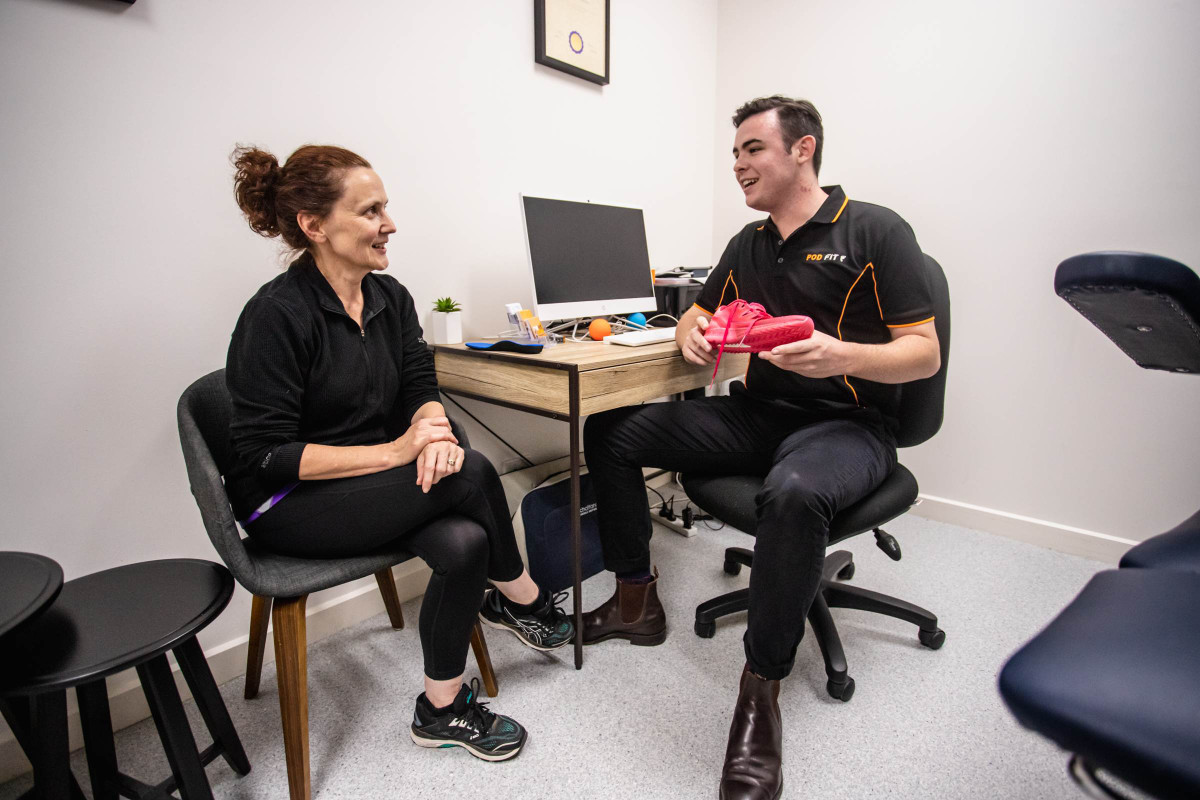
There are numerous ways in which foot pain can restrict your life. Custom orthotics inserts fit into your shoes and offer the support your feet and ankles need to help relieve pain, whether you have foot deformities, bunions, or another foot or ankle issue. A foot or ankle injury can also be avoided using orthotics.
More essential than fashion is finding the proper shoes to wear. However, picking the appropriate shoe might be challenging. Where do you begin when there are so many styles, brands, and pricing ranges?
Therefore, consult your podiatrist available in custom orthotics in Orange County
if you have any questions related to the following issues:
- Flat feet or high arches
- Heel pain and plantar fasciitis
- Arthritis pain
- Bunions, corns, hammertoes, and calluses
- Need discreet support
- For injury prevention
- Need more comfort during your workouts
- Looking for a precise fit
What can make a good walking shoe?
Your heel strikes the ground first when you walk for exercise before rolling gently to your toe. This means, you need a pair of shoes with adequate heel shock absorption, especially under the ball of the foot.
Additionally, search for shoes with a rocker sole or a modest rounding at the heel. This helps in a seamless transition of your weight from heel to toe.
To help you roll forward more smoothly, the shoe should be fluid throughout the arch area but firmer at the toe. Lastly, you need a shoe that is lightweight and simple to walk in.
Here are a few tips as per the best custom orthotics expert on what you must look for and also how to decide:
1. Stiff back/heel counter
Hold the shoe above the heel with one hand and the heel in the other. You should not be able to squish the heel or slide the shoe side to side around it.
2. A small amount of torque
You should hardly be able to twist the shoe while holding it at both ends. This will give your feet good medial and lateral stability, or a stable platform.
3. Toe/forefoot flexion
The shoe should roll and flex naturally like your foot does, bending where your toes do. Try to bend the shoe in half with your hands at either end to make sure. Only two-thirds of the way from the back, where the toes naturally bend, should the shoe flex, not in the center.
4. Provide arch support
Your podiatrist or a knowledgeable shoe salesperson can assist you in determining how much arch support you require based on your foot type. Ask your podiatrist
if you are uncertain.
5. Heel-to-toe gradient
The ideal elevation or drop in height for a shoe from the heel to the toe should be between 10 and 12 mm. This gives the ankle the best range of motion possible to support the foot and lower back.
The benefits of using a walking shoe include:
- Reduced heel pain
- Reduced tenderness and burning at the ball of the foot
When trying them on, search for a walking shoe that supports your arch and has sufficient cushioning under the ball of your foot. If your area experiences frequent rain, think about buying a pair of waterproof shoes.
